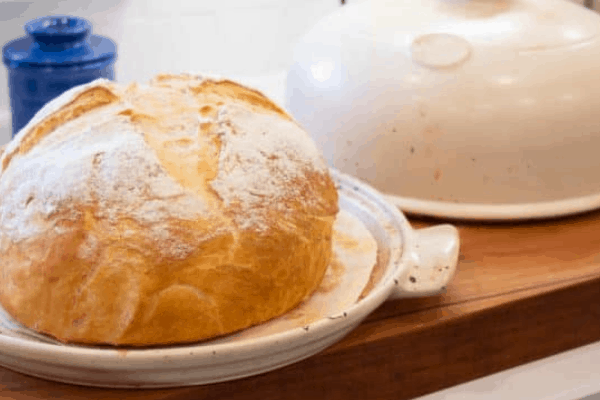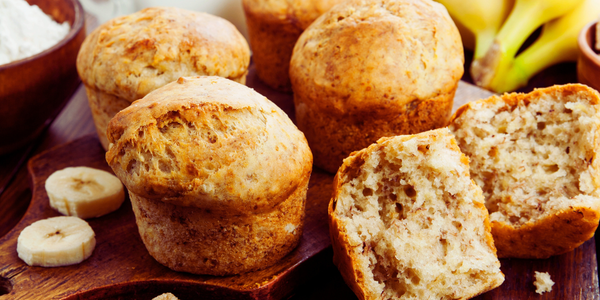The Ultimate Guide for Best Cloche for Bread (How to Pick the Right One)

If you have a little time at home, preparing some freshly baked bread is one of the most enjoyable and easy cooking tasks we can suggest. When you let the dough rise and knead it into full consistency, the question is how you're going to bake it. Our suggestion is to use the bread cloche.
The typical clay jar holds the dough in the oven for a flawless raise and a crispy crust. We decided to test some of the most popular bread baking vessels using the conventional sourdough. Some of them did better than most, and you can read on to learn which bread bells are worth investing in.

Qualities of a Good Bread Cloche
The trick is to select the one with a close seal. Our least favorite loaves were baked in a Cloche that allowed too much steam to escape, resulting in flatter bread. The style and overall ease of use also play a major role.
For example, low-sided pans make it safer to score a dough without burning your hands on a hot plate, and convenient handles are a must when handling pre-heated cast iron. You might need to decide whether you're satisfied with circular boule designs or want one with more space to experiment with shapes like a longer baguette or a rectangular loaf. The price is also a major factor.
If you're committed to bread making, you might be able to splurge, however, if you want a multi-use product that doesn't break the bank, it might impact your option of Cloches.
Emile Henry Bread Cloche
The Emile Henry Bread Cloche is lightweight, with a handle and small sides that made it easy to handle when it is wet. However, the grooves in the bottom of the pan make it tricky to scrub, and the form of the pan stops you from producing boules. The loaf will have a good crust, but it will not equate to the cast iron rivals on our list.
The Challenger Bread Pan
The Challenger Bread Pan is guaranteed to yield your favorite loaf of bread. It will become your go-to if you’re serious with your sourdough. The loaf will have an open and uniform crumb, fantastic oven spring, and a crisp crust with a rich color thanks to the dark cast iron.
Although it will be one of the heavier cloches available in the market, the handles on the lid will make it easy to cover and uncover even when heated, and short sides will make it easier to safely score the dough without burning yourself.

Lodge Cast Iron Dutch Oven
Given the gap in price point between the Challenger Bread Pan and the Lodge, these two are neck and neck when it comes down to perfect boules. With a pleasantly springy crumb and a beautiful crust—shatteringly crisp and blistered with well-defined ears—the Lodge Cast Iron will keep its own against the pricier cloches.
Like the Challenger, the short sides make scoring trouble- (and burn-) free, and handles on the lid make uncovering the hot Dutch oven easy. However, positioning is not as handy as on the Challenger. While the form of the Dutch oven limits you to boules only, having a more multipurpose piece of cookware is a bonus.
Read Also:
Italian Appetizer Recipes You Can Copy
How to make Candied Carrots with Honey and Brown Sugar Glaze
Five Healthy Breakfast Options to Stay Healthy and Fit
Sign up for FD's newsletter
The freshest stories from the food and dating world every week.




